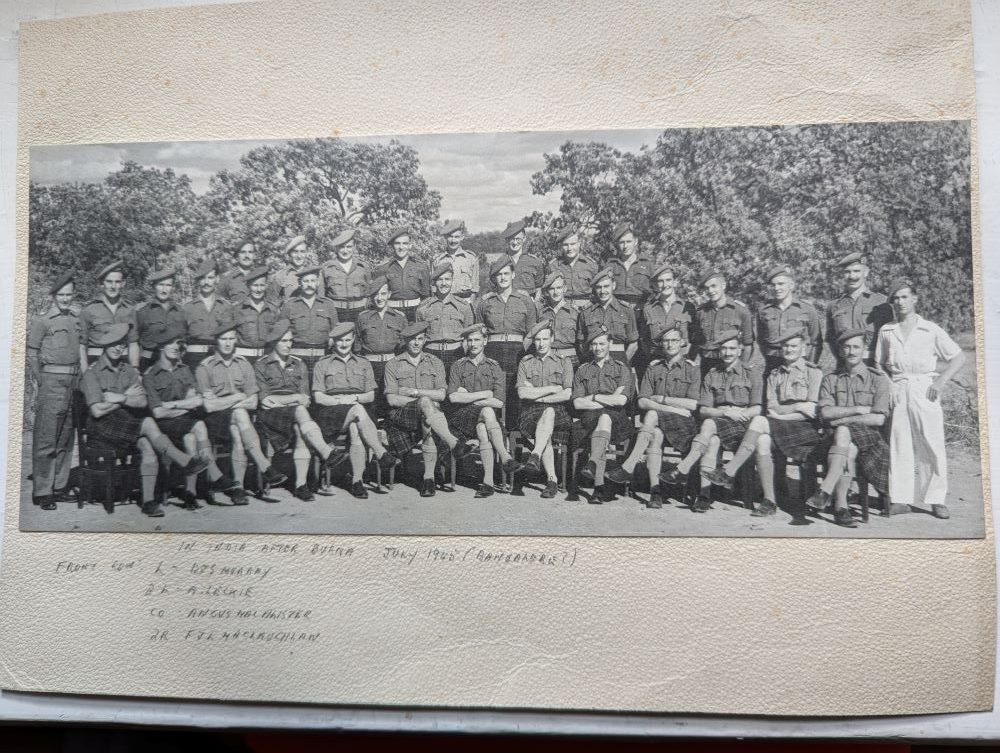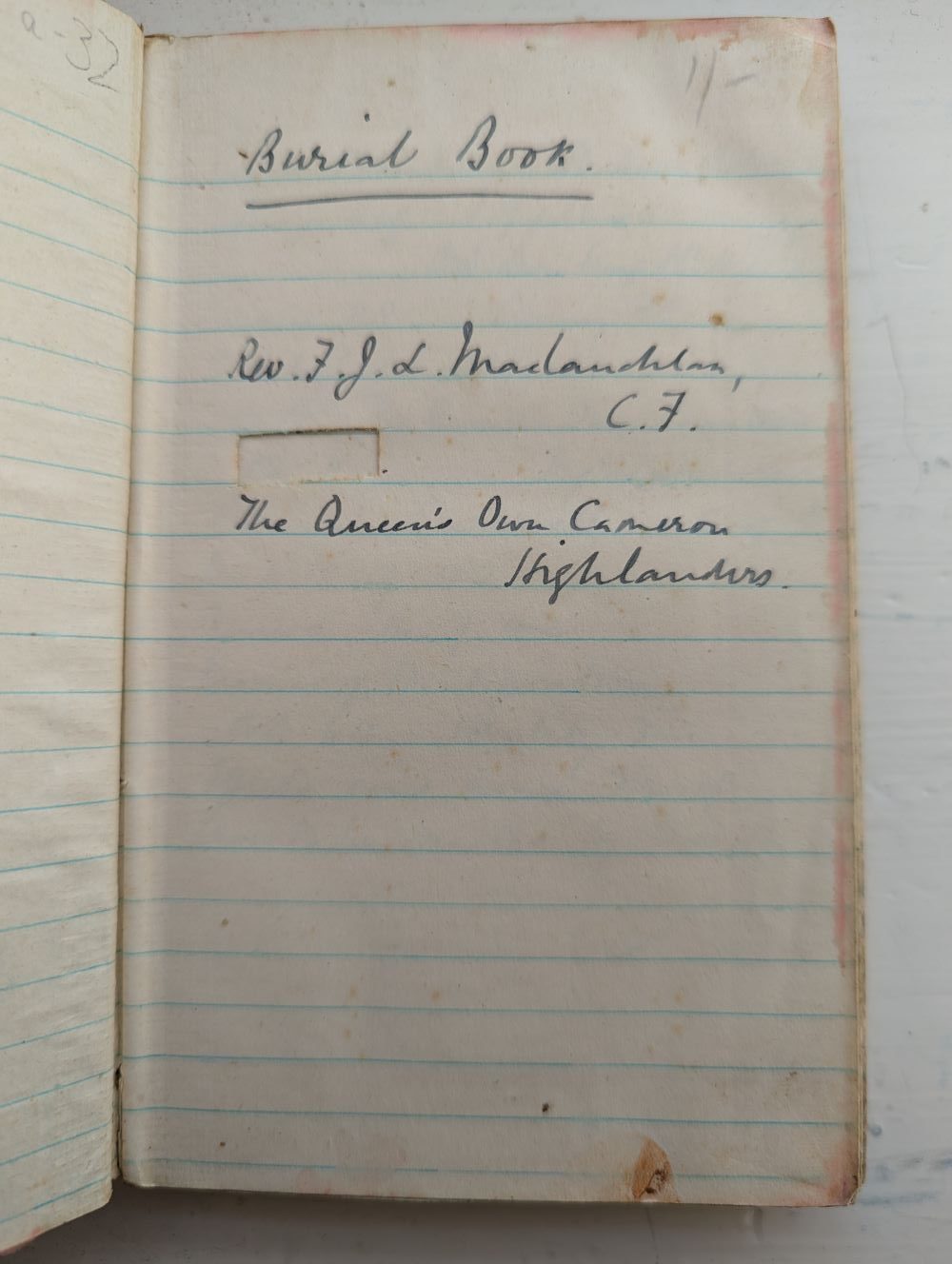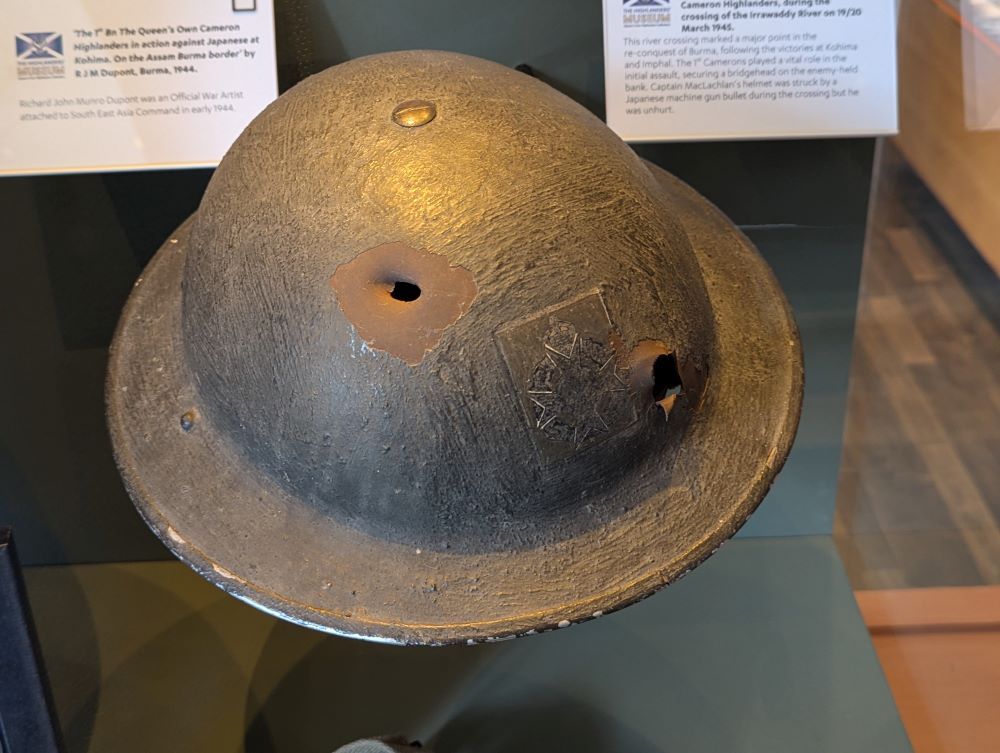Kohima
Moral Strength and Fortitude in the Jungle
The Battle of Kohima that took place in the North-West Indian province of Assam (now Nagaland) between April and June 1944 saw some of the most vicious, close-quarter jungle fighting ever experienced when a combined British/Indian force brought the Imperial Japanese Army’s invasion of India to a grinding halt.
As part of 2nd Division’s 5th Infantry Brigade, the 1st Battalion Queen’s Own Cameron Highlanders were in the thick of it, contesting the possession of strongpoints like Bunker Hill, Church Knoll and Point 5120. And yet as the bullets zipped through the trees and shells ripped apart the hillsides, it was a man of peace, the Reverend Francis (Frank) Joseph Lauchlan MacLauchlan of the Royal Army Chaplain’s Department, who showed by example the power of faith in adversity, courage in danger and endurance in hardship.
Born in Dundee on 28th April 1902, was a Glasgow University graduate and a Church of Scotland minister. He joined the 1st Camerons in France in November 1939, happily adopting their kilt and Balmoral at a time when the subject of battle dress for Highland regiments was being hotly debated. He remained with the Battalion after their evacuation from Dunkirk and subsequent reforming and reinforcement in Yorkshire. There followed two years training for jungle warfare in India and by the time the British 2nd Division was decanted on to the path of the Japanese 31st Division at Kohima he was the oldest officer in the Battalion and the only one who had been with them since the start of the war.
The Royal Army Chaplain’s Department has provided Chaplains on the establishment to every regiment since it was established in 1796. Although commissioned officers, they are normally referred to as ‘Padre’ by the men and traditionally go unarmed, their normal position during combat being at the Regimental Aid Post. The nature of the fighting at Kohima, which comprised a series of bunkers and defensive redoubts perched on the thickly wooded hilltops meant that there was no discernible front line and Padre MacLauchlan had to adopt a more mobile ministry, much closer to the fighting. Peter Grant, in his memoir A Highlander goes to War recalls sharing a slit trench and a pipe with the Padre during a lull in the fighting. He goes describe how the Padre still managed to conduct weekly services, despite the exposed conditions: “One Sunday night Padre MacLauchlan had a church service for those of us in the vicinity and this was how he operated, with short services wherever possible”.
Repeatedly in the firing line at Kohima, Reverend MacLauchlan was awarded the Military Cross for his bravery, the citation describing his actions with typical understatement:
“Throughout the operations around Kohima-Assam during the period 13 April to 20 May 44, Capt. MacLauchlan was Padre to a battalion of the Queen’s Own Highlanders. During these operations, casualties due to enemy mortars and shells were heavy. Whenever casualties occurred the Padre was early on the scene, invariably while shells continued to fall, and with complete disregard for his own safety. Stretcher bearers did magnificent work throughout this period and they were inspired in their work by the splendid example and great personal courage of this officer”.
Inevitably one of his main duties was to record the temporary place of burial of those killed, and to forward personal effects to next of kin. The Highlanders Museum archive holds his Burial Book, a small handwritten notebook recording the locations of 79 burials conducted between April and June 1944. 65 of these men were reinterred at the Kohima cemetery after the war but sadly despite Reverend MacLauchlan’s meticulous records the locations of the others were subsumed by the jungle.
After the war he served as minister of the Old High Church in Inverness from 1950 to 1963 and officiated at the laying up of various Cameron battalion colours within the church. In retirement he attended many Burma memorial events and reunions. He passed away on 19th December 1989, aged 87. His impact on the Cameron men at Kohima is best described by one of his wartime comrades, writing in the Queen’s Own Highlander magazine shortly after his death:
“Men twenty years younger found the physical effort of operating in ‘those hellish jungle mountains’ as much as they could bear. But, where some fell literally by the wayside, never to be seen again, the Padre saw it out to the end, fortified by his own inner strength and by a faith which gave the most irreverent and cynical cause to ponder. And by his presence, he reminded us that there was a world beyond the mountains, the endless jungle, and the rain, always the rain, and that one day we would come again to our own borders. And we did.”
Craig Durham
Volunteer, The Highlanders Museum



